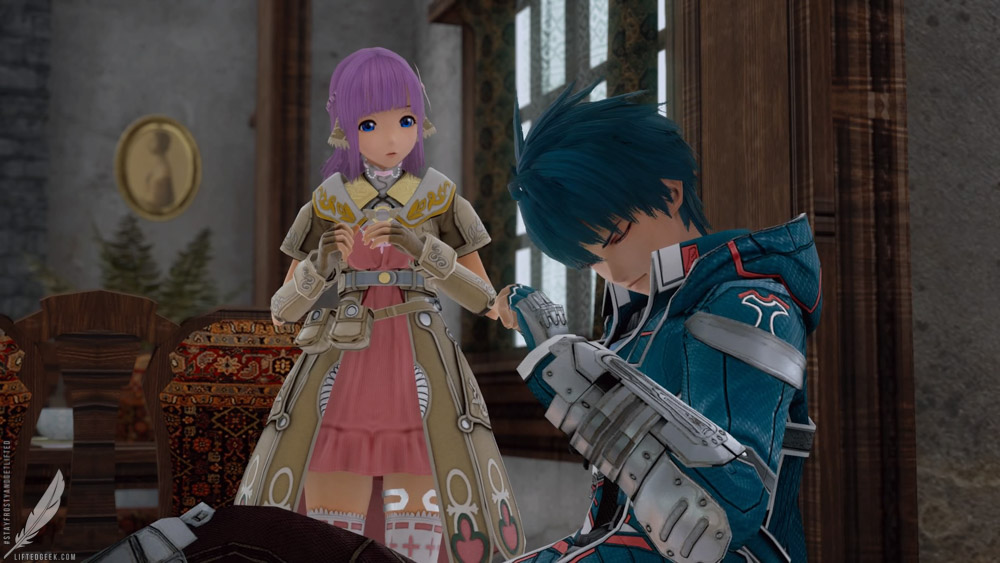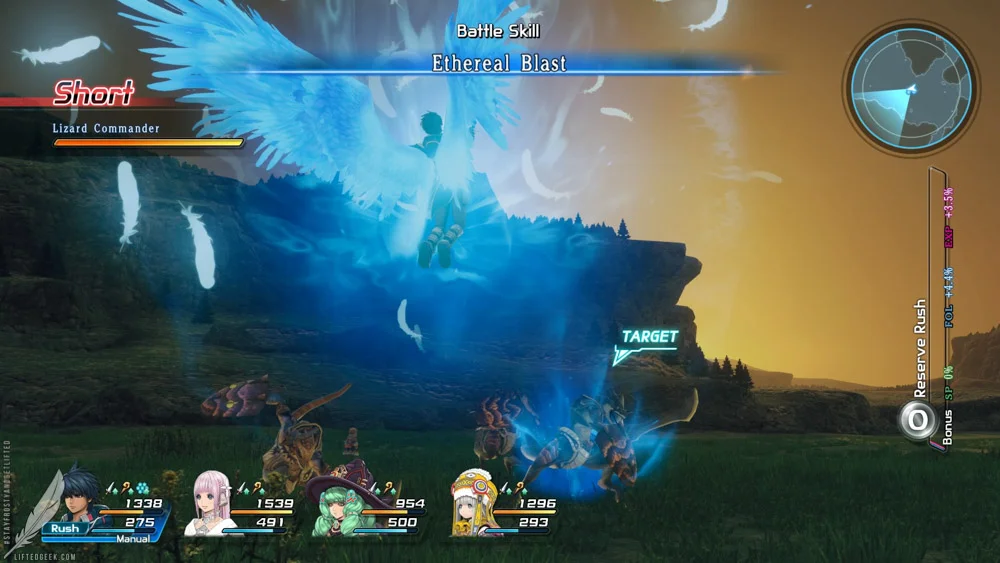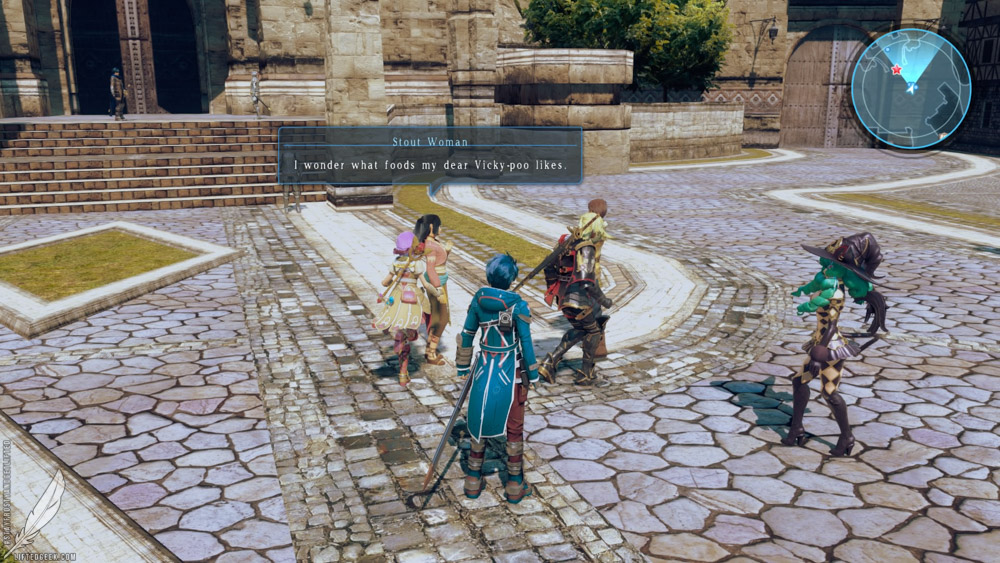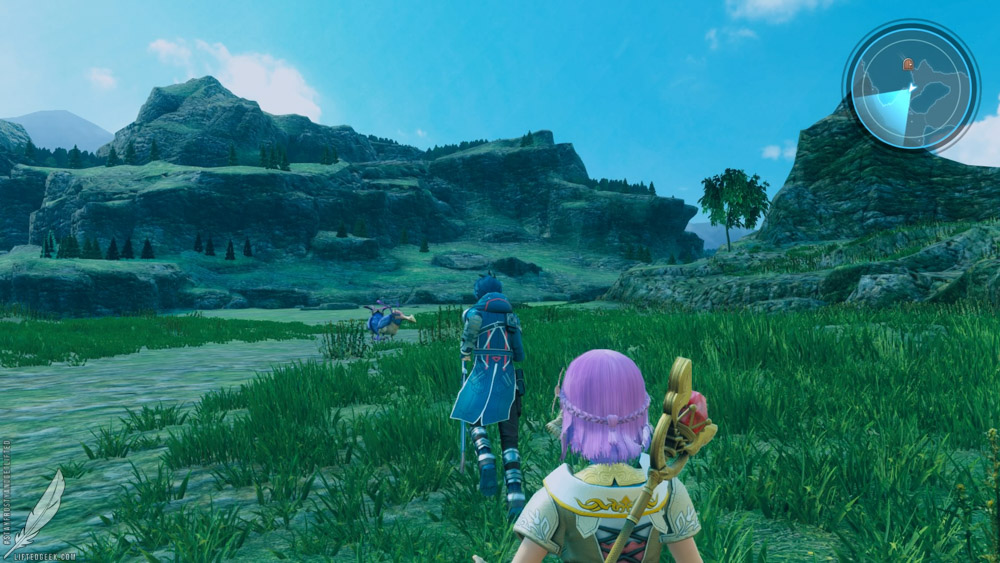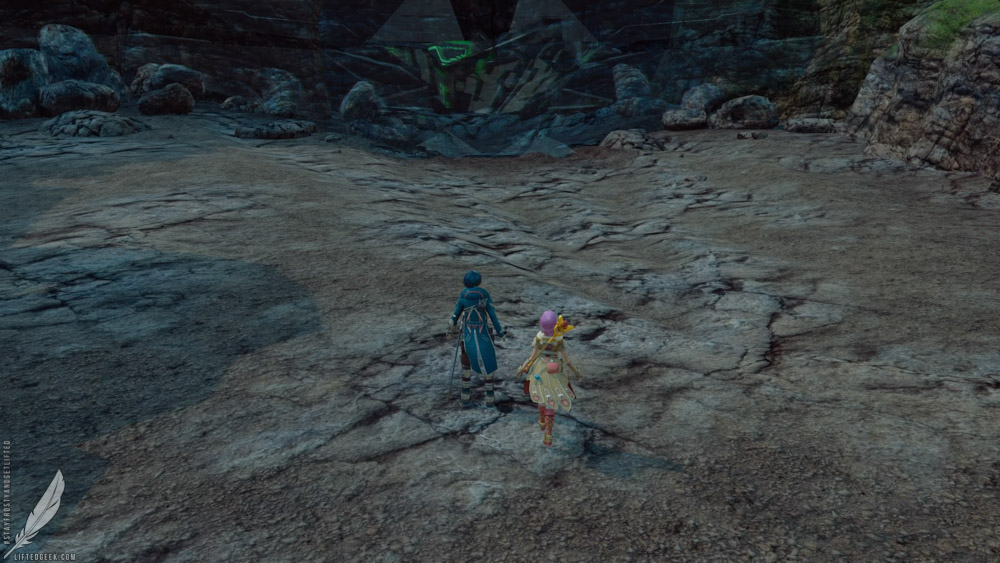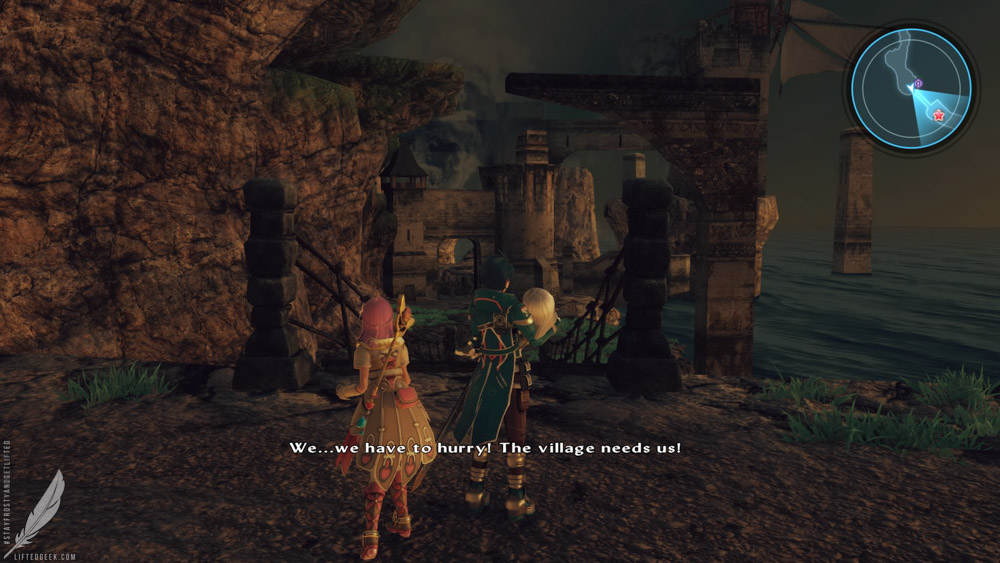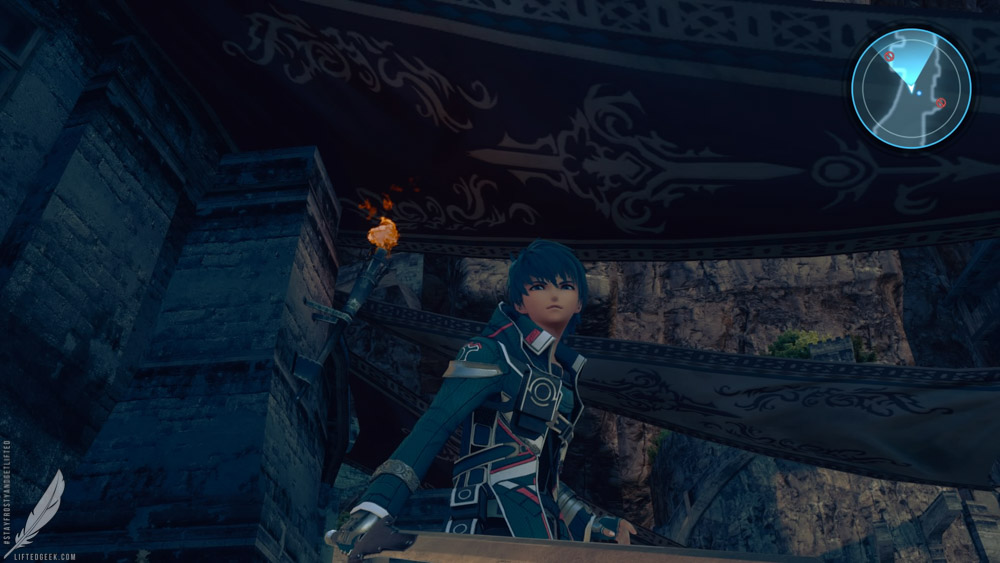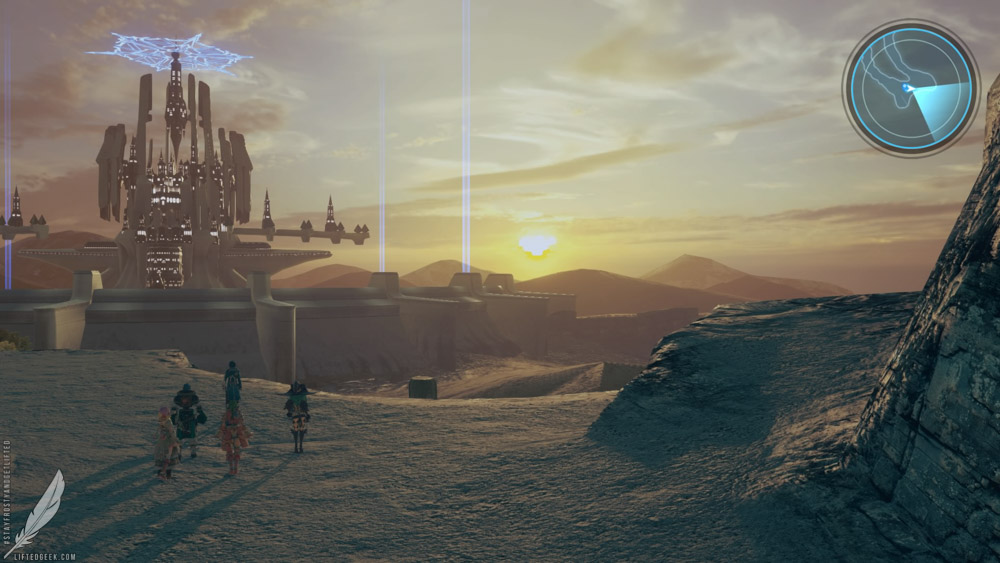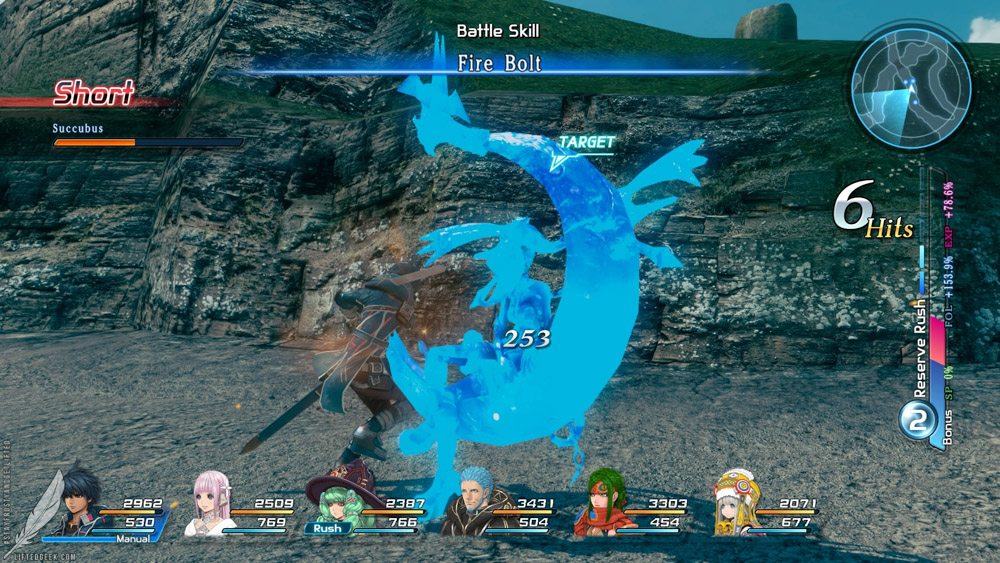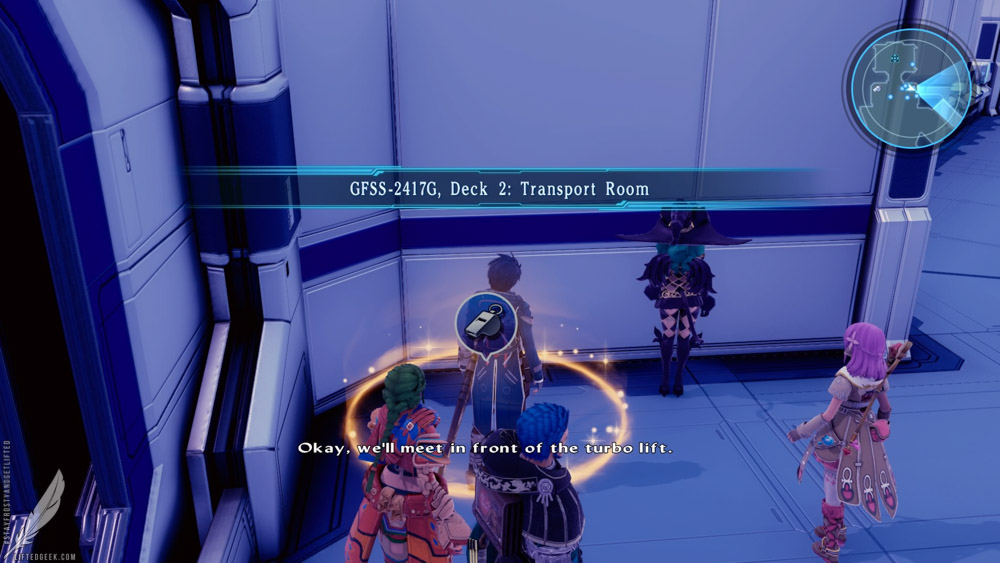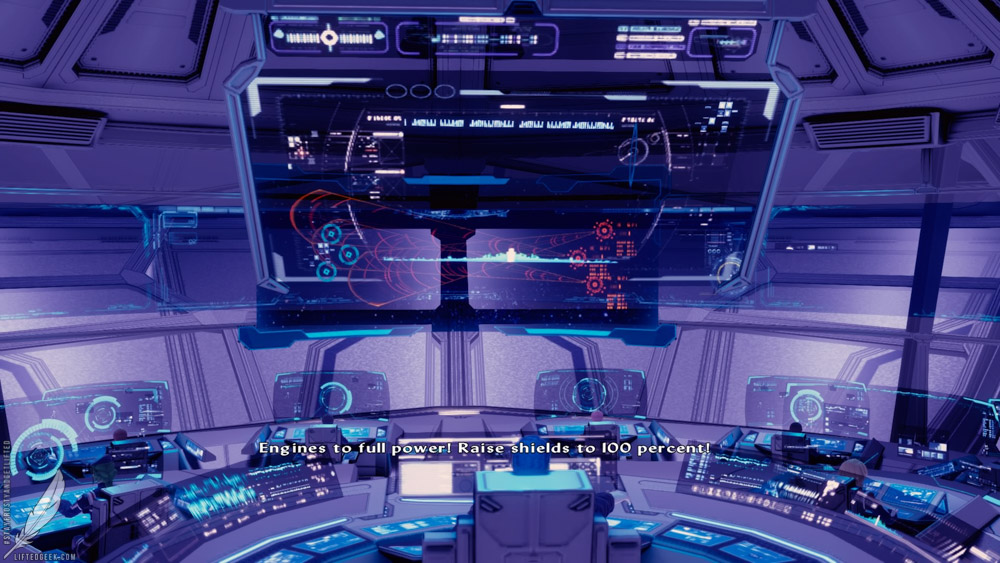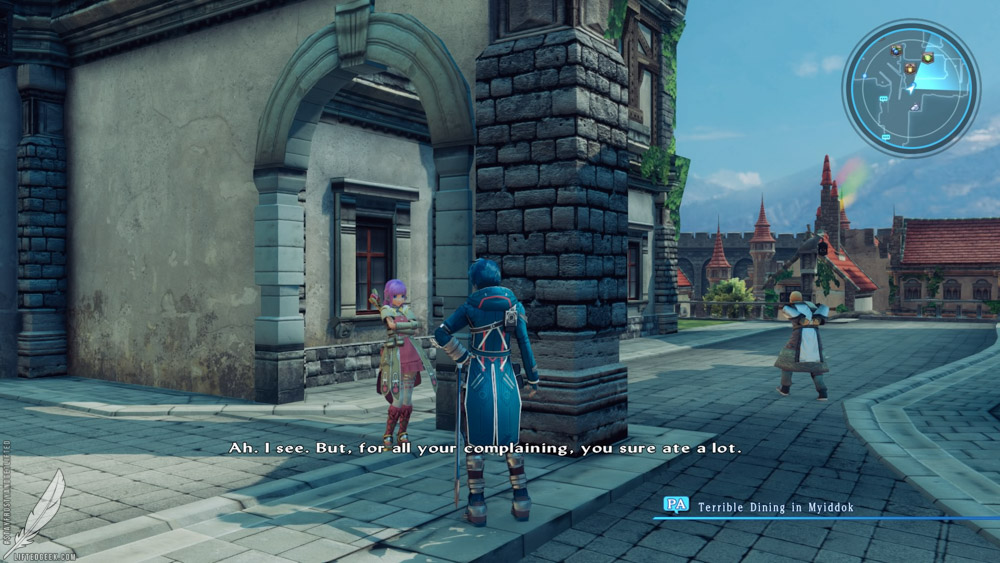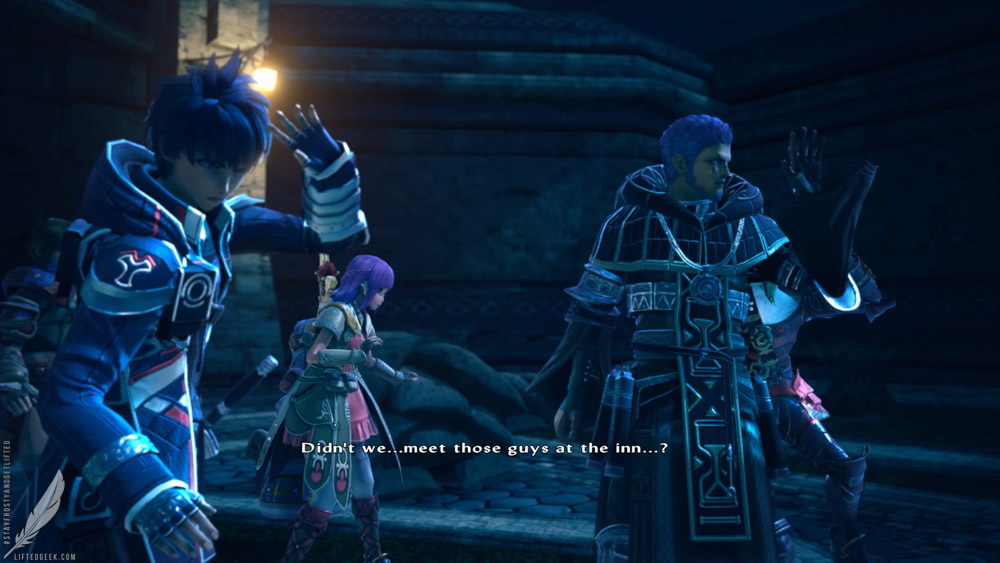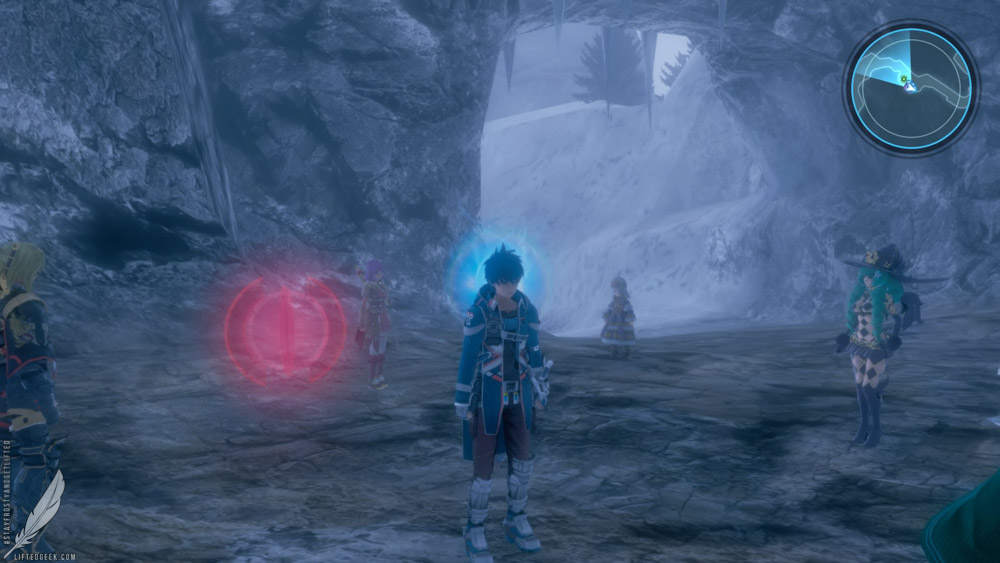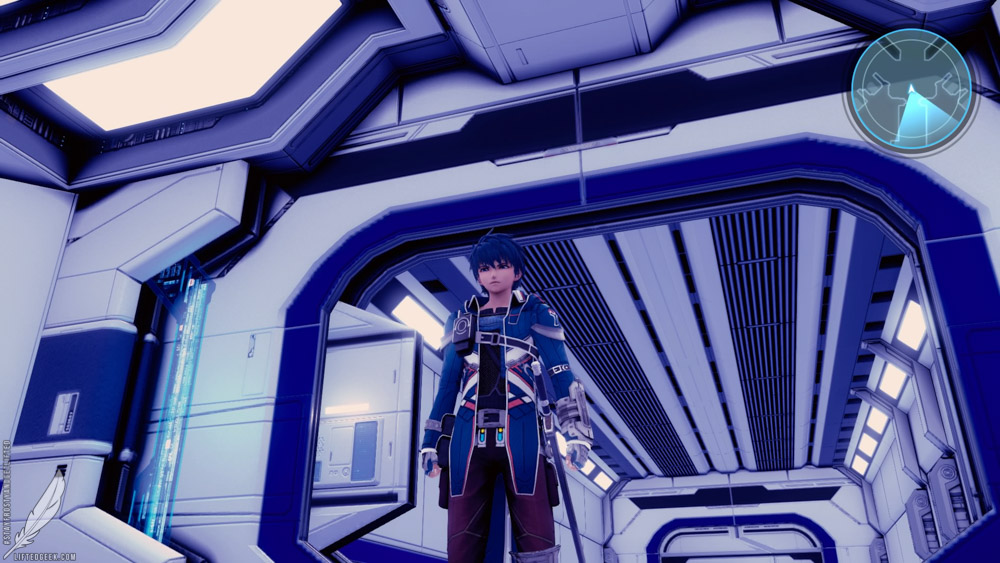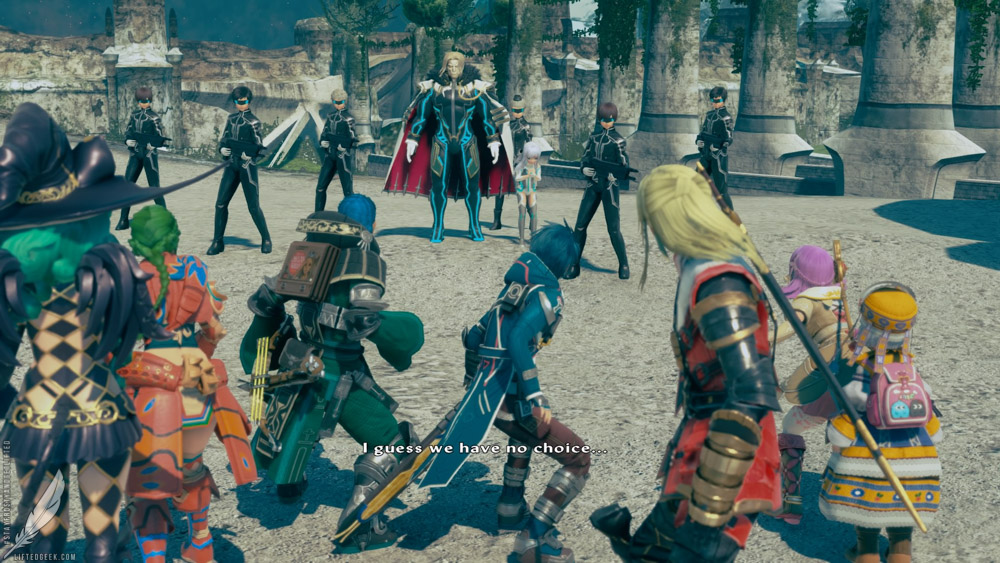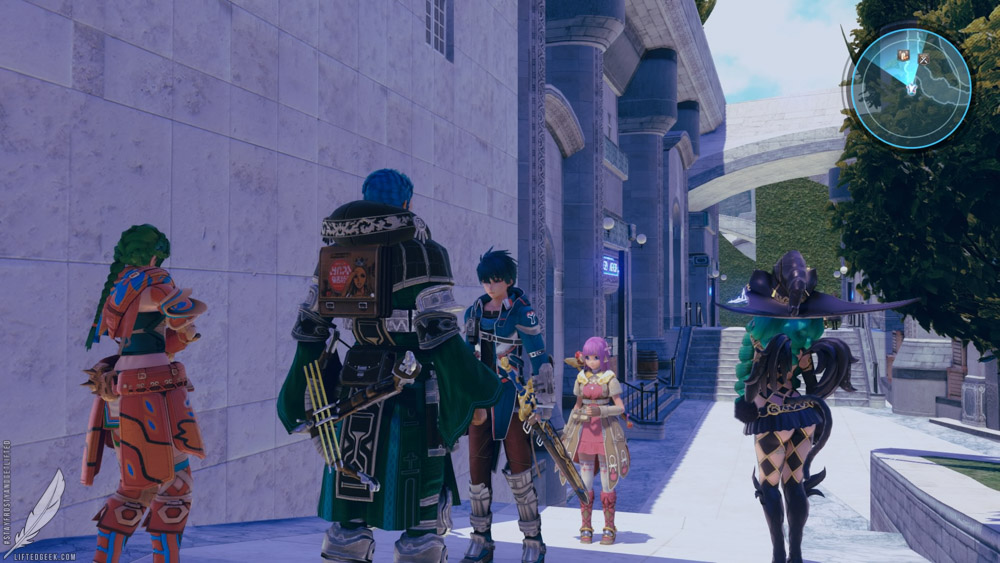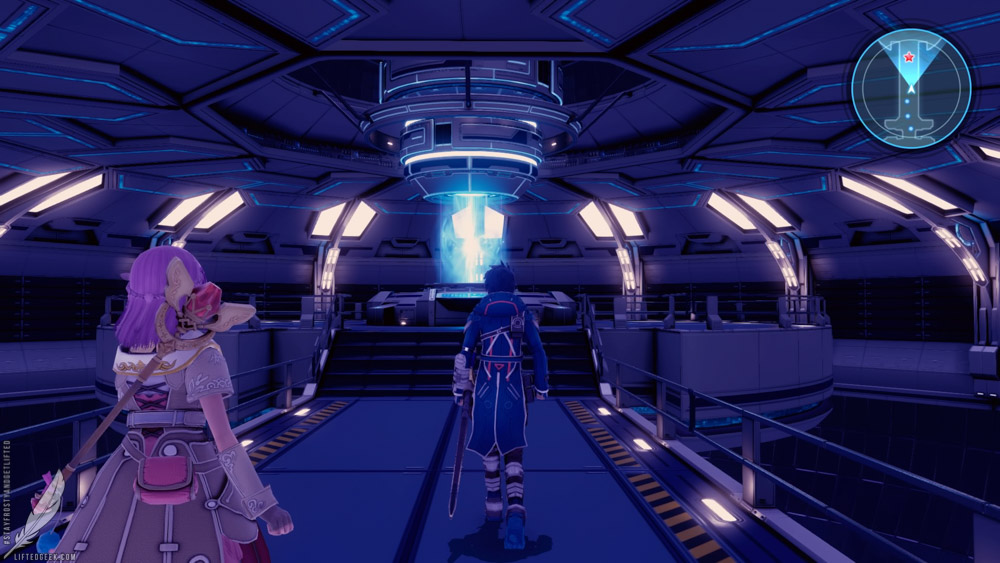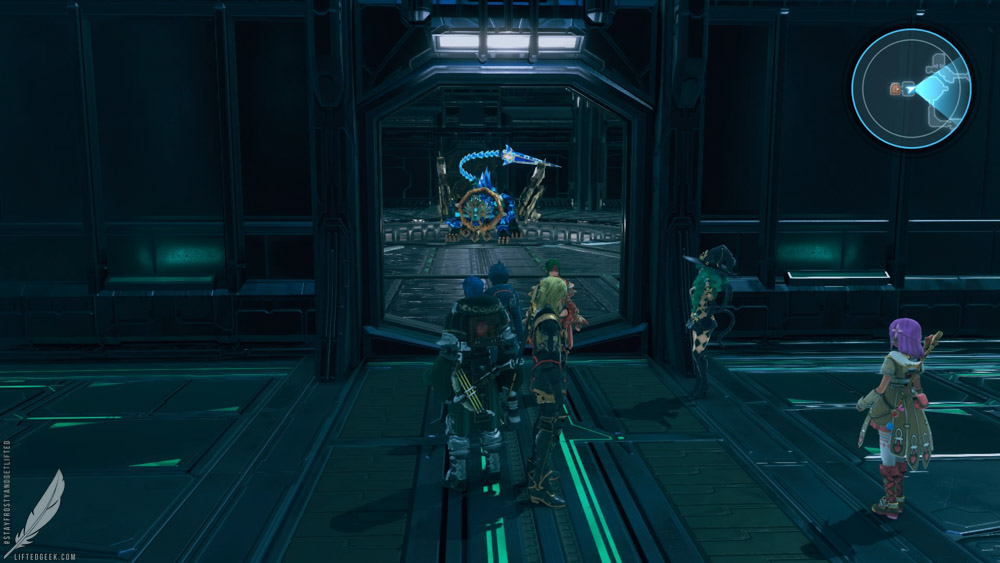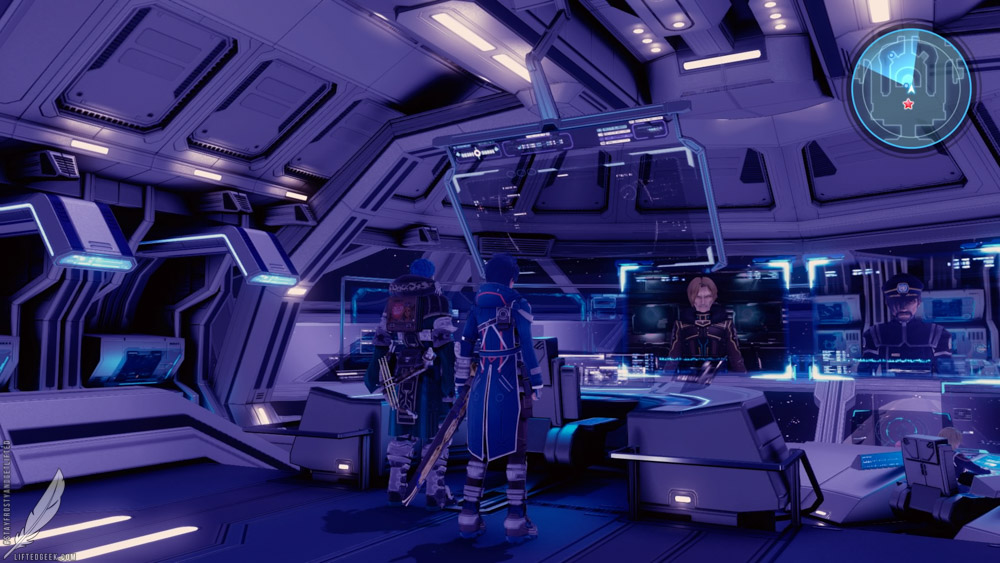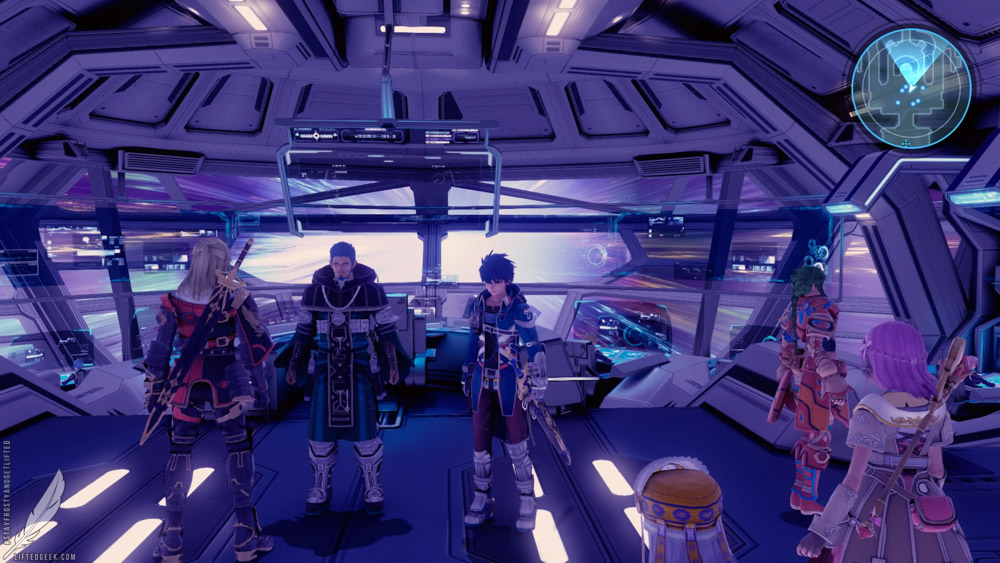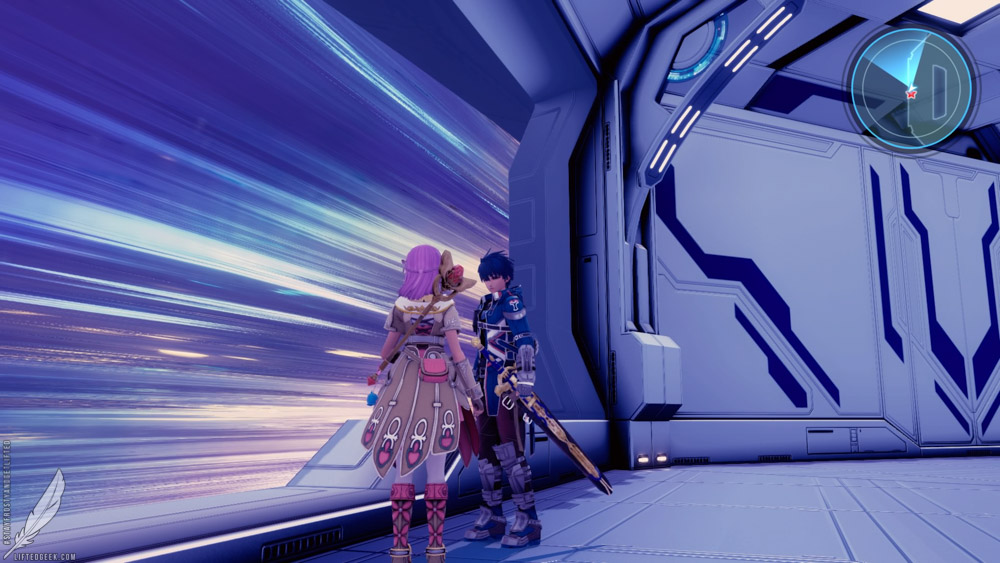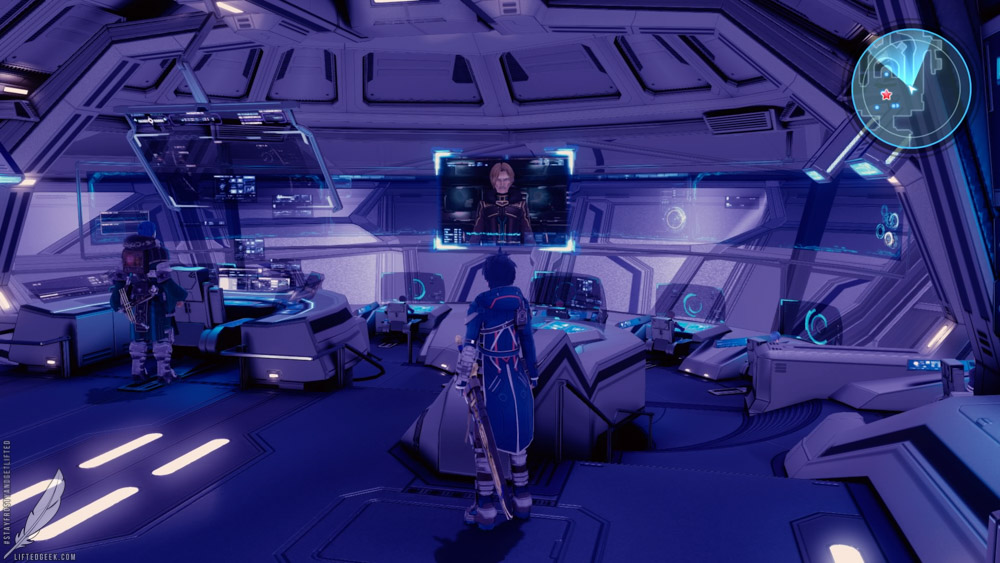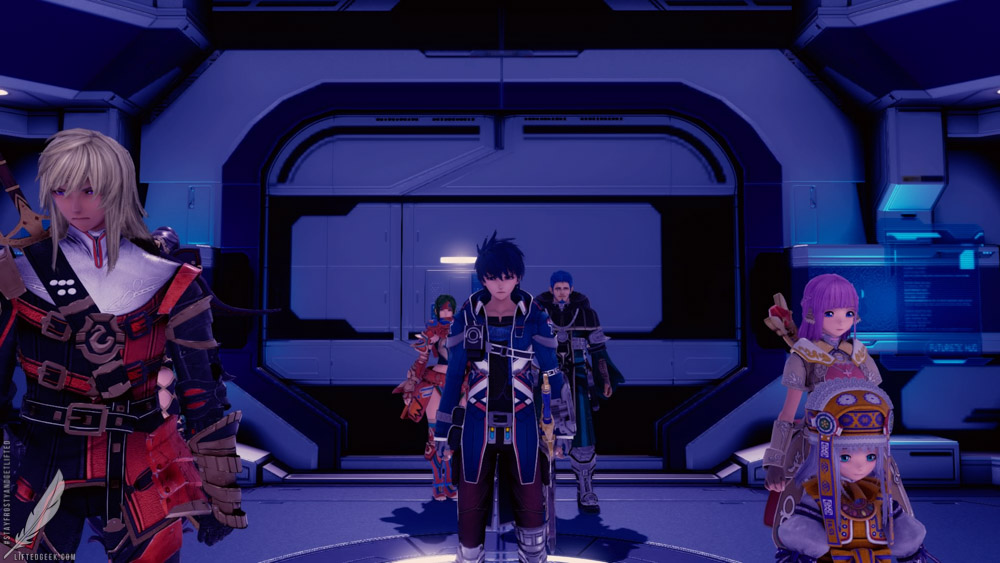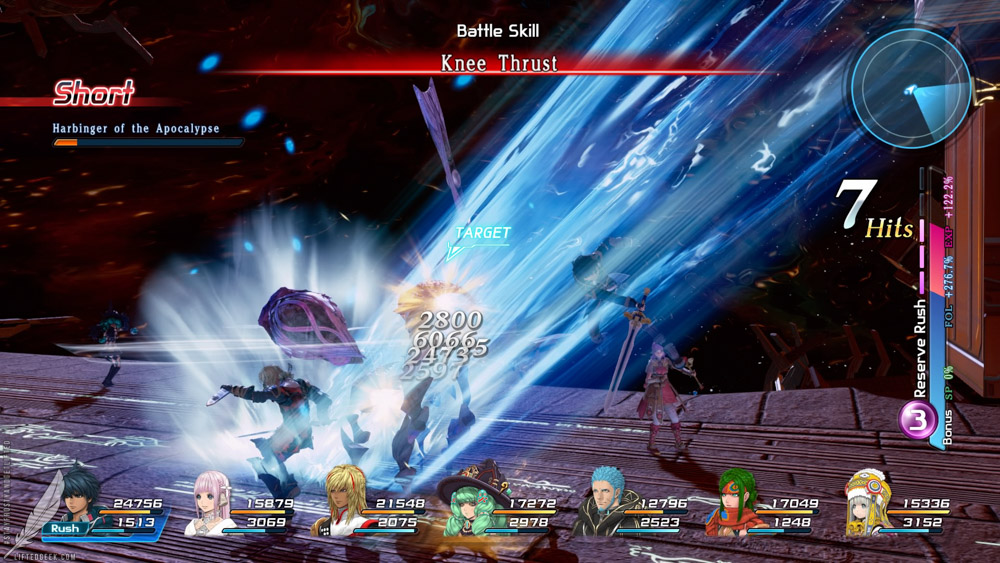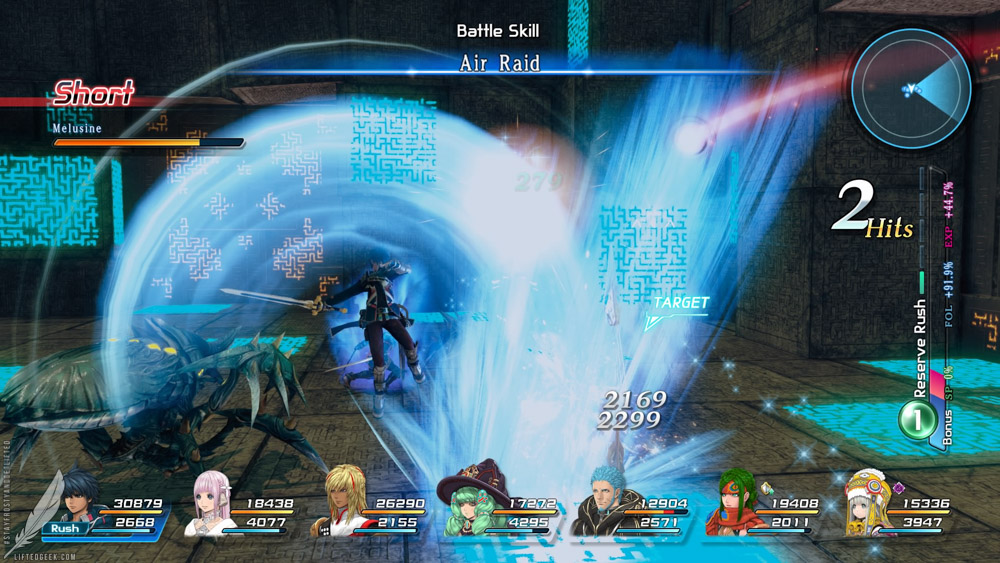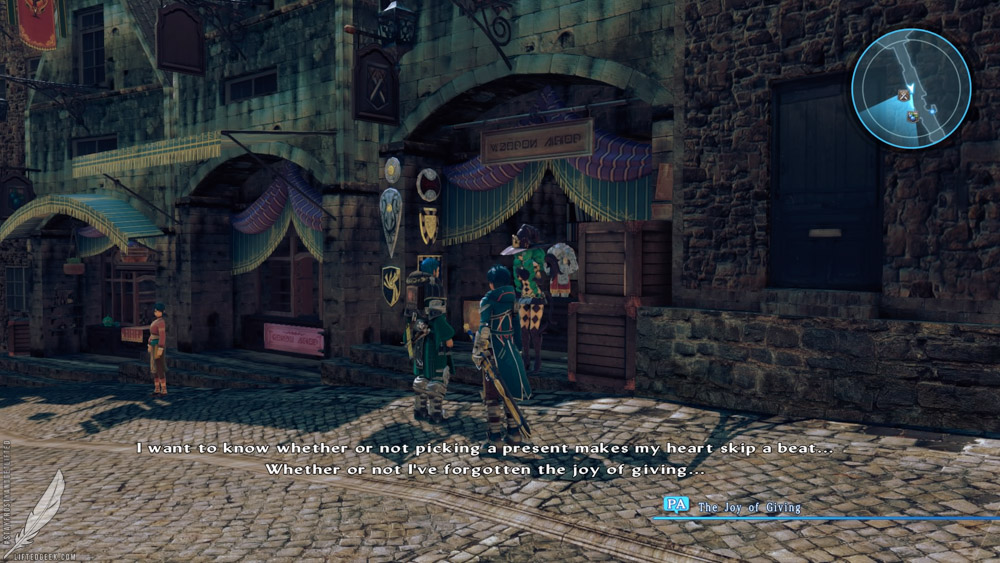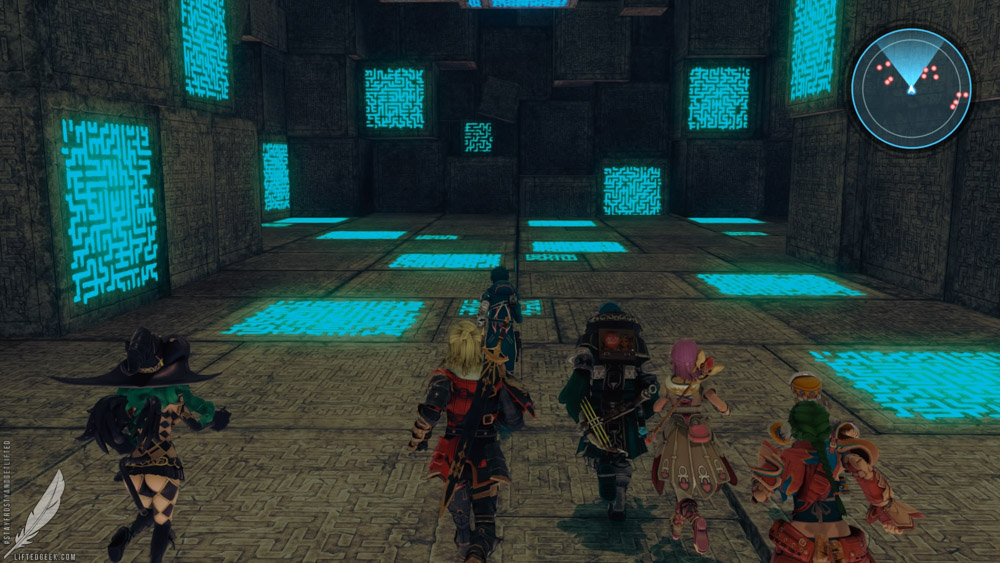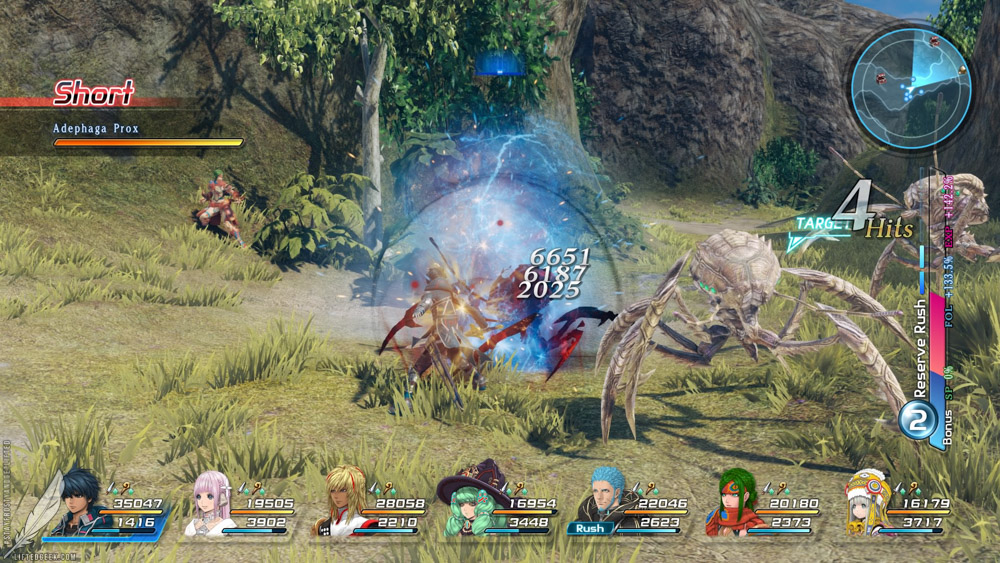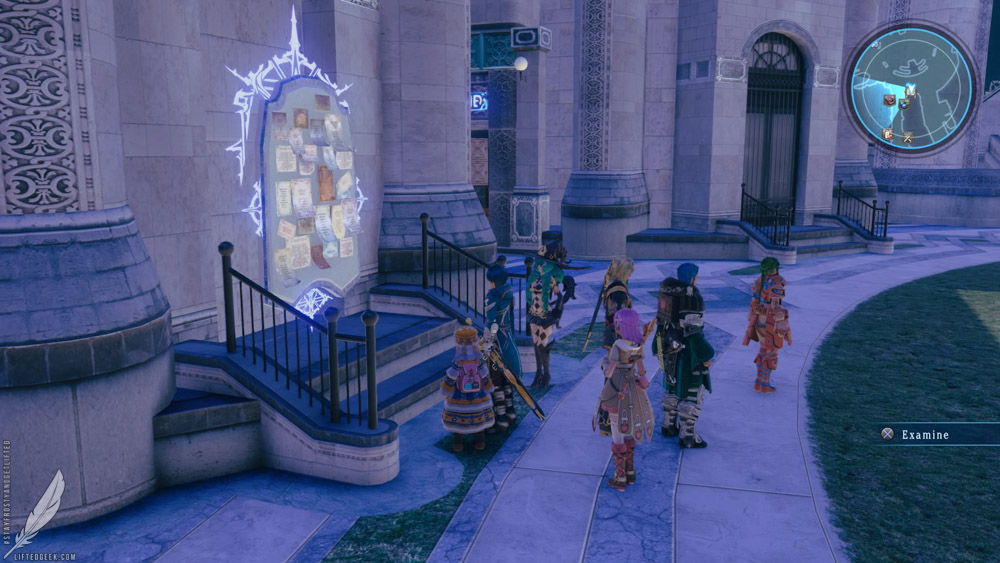Star Ocean: Integrity and Faithlessness (REVIEW)
RELEASE DATE: June 28th, 2016
GENRE: RPG
PUBLISHER: Square Enix
DEVELOPER: Tri-Ace
written by Justin Prince (@prince_justin)
When it comes to storied JRPG franchises, game series such as Final Fantasy and Dragon Quest come to mind; though standing among their contemporary giants, the Star Ocean series has stood quietly side by side with a genre that has had its fair share of highs and lows. Star Ocean: Integrity and Faithlessness follows as the fifth game since the series first launched on the Super Famicom in 1996.
Star Ocean: Integrity and Faithlessness, referred going forward as SO5, follows the adventures of Fidel Camuze primarily on an underdeveloped world. Differing from other protagonists in the series (save for Rena of SO2) this is the first game to primarily feature a citizen of an underdeveloped planet as the protagonist. Past games in the series have always featured someone from Earth who is plunged into grandiose circumstances when coming in contact with underdeveloped worlds.
Miki and Fidel, the first two playable characters we meet
For Fidel, his world is gripped by war with two dueling nations both out for blood. When a spacecraft crash lands, Fidel meets Relia and after fighting off her technologically advanced pursuers he vows to protect her while facing people with technology that far eclipses anything found on his home world. The game’s narrative falls in line with a first contact story, rarely deviating from cliché but still working for it. From the very beginning, Star Ocean games benefitted from being influenced heavily by Star Trek. This is clear in the Star Ocean universe’s Underdeveloped Planet Preservation Pact (UP3) mirroring that of Star Trek’s Prime Directive. Of course, for any Trek fan, we all know that this Prime Directive ends up violated more often than not for the sake of telling a story… the same can be said of the Star Ocean series.
In SO5, Tri-Ace does what it does best by melding fantasy elements with a Sci-Fi universe in a setting that purposely feels like it clashes. Personally, while i felt that centering the main story around a denizen of an underdeveloped world does shake things up a bit, it does take away from the grand scope other games have exhibited. I missed having a hero who struggled with the decisions faced when exploring an underdeveloped world despite having knowledge of an advanced civilization. Of course this is remedied when eventually Emerson T. Kenny (yes, of THOSE Kennys) and Anne who serve as the Sci-Fi connection to the party are introduced. Though the duo aren’t the main characters of the story, they do serve to connect this fantasy world to the science fiction world from the sky.
While the cliché take on a first contact story does work for the game, it isn’t without its faults. Aside from the one conflict that grips the core story, the narrative lacks any punches that surprise as you advance. Take the twist in Star Ocean: Till the End of Time for example. In SO3 the big twist is that after all the death, all the fighting, and all the conflict… the world you lived in was actually a digital world called the Eternal Sphere meant to be a virtual game world for people called 4D people. Of course this relationship between denizens of the Eternal Sphere and the 4D world can be analogous to the relationship between our world and God/the heavens.
at times, the world can be quite lush and beautiful
While there was a “twist” in SO5, it felt so textbook that I could see it coming a mile away. SO3 didn’t telegraph anything when it came to their twist, while SO5 did an exceptional job of giving away its twist. As for your team, aside from Emerson and Anne, most the the team lacked concrete motivation to be part of this adventure. While stoic soldier Victor, busty mage Fiore, and cute childhood friend/healer Miki did get some of their story fleshed out; having them as part of story felt more like they were trying to fill a quotient to better flesh out a full party.
The gameplay of SO5 hinges on being seamless, for better or for worse. Enemies populate the main map as well as in dungeons; jumping into battle is as seamless as walking through an open field. It works and serves as one of the highlights to the game. Where this seamless design ends up working against them is when the game opts for using these realtime moments to tell the story in lieu of cutscenes. While cutscenes are still included, they are far fewer than in previous entries. Making these scenes fall flat, feeling wooden in comparison to fully rendered cutscenes. There are points in the game where it doesn’t outright tell you they are in a scene and you don’t realize until you try to walk away and end up being blocked by an invisible wall. I can understand if they opted for a balance, but when some of the weightiest scenes are acted out by emotionless in-game avatars it tends to lose the weight behind it.
Combat is my personal highlight for the game, if you’ve played any games in the Star Ocean universe before, this will immediately feel familiar. Combat is pseudo-real-time, you control one party member as you attack and use items/skills while the rest of your party follow predetermined A.I. roles. Of course, a new game for a new generation needs more to justify following a series. Your A.I. party members are dramatically revamped thanks to the game’s new “Role” system. As you play, you unlock various roles you can assign to your party members. Each party member can equip up to four roles at any given time and these roles serve as the main means of injecting some control into computer controlled characters. Imagine the Role system as a simplified version of Final Fantasy XII’s gambit system. Roles run the gamut of offensive to defensive, dictating your actions and some offering gameplay aspects unique to the role. Finding the right balance is key, for example you wouldn’t equip a character with a role that both prioritizes weak attacks over strong attacks and one that does the opposite… that just doesn’t make sense. It’s like equipping an attack hero with healing roles, just doesn’t fit the character.
combat plays out in real time as you control one of your party members
As you attack and defend in battle, you eventually fill up your Reserve Rush Gauge; buiding the gauge up to five bars. You can decide which character uses their Rush ability and unleash it using the entirety of your gauge or picking exactly how many units you want to use. This can serve as the mechanic that turns the tables in a long/drawn out battle. This can also be your downfall if you waste a full gauge on a group of enemies before encountering an even harder challenge ahead.
In keeping with the seamless approach to battles, your combat party is increased to utilize all characters available at any given point, maxing to seven party members at a time. It makes sense and beats one of the more infuriating tropes of JRPGs. Its likes if you have to pick a party of three or four characters to fight… what are the rest doing? Just sitting on the sidelines offering moral support? Putting on cheer-uniforms and performing intricate dance numbers? You can set your party members to follow the roles assigned or control them manually (save for Relia… because of reasons never explained) to get the desired outcome you want. Also, some unofficial party members may join you in battle and act as A.I. controlled characters you can’t outright control or dictate roles for.
our full cast of heroes
“Visually, SO5 fits with the great Star Ocean series thanks to the clearly Japanese Anime look of previous titles”
In a refreshing take on modern games, the combat is always challenging even on the standard normal difficulty. You can be wiped out just as easily by a standard group of strong enemies as you would a dungeon boss or sub-boss. Staying vigilant is key, but vigilance alone won’t save you. Utilizing a save point system gives navigating dungeons a clear retro feel, of course this wouldn’t be that much of a problem if save points were better placed. More often than not, the game feels like its fighting against you with its unforgiving save point placement. There was one dungeon I remember barely surviving a battle right after a save point, but when I tried to head back to the save point the door was locked and I was forced to get into my next battle (and subsequently get wiped) without a safety net. While I tried to say that this was all part of the challenge, I was kidding myself… their overly conservative placement of save points just served to frustrate me more often than challenge.
As fun as the combat is, there are some battles that left me feeling like they took a misstep in planning. Some battles force you to protect an inactive party member from attack, creating a fail state if that character is wiped. This would be fine if it didn’t feel like the enemy A.I. was unfairly descending everything they had on that party member. A remedy would be if you can draw their attention away with attacks, but more often they ignore the rest of the party and try desperately to take out your inactive comrade. Some boss battles also force you to fight an invulnerable enemy for a period of time until the story dictates that some predetermined event has to take place to finally allow you to inflict damage. While invulnerable enemies are common to JRPGs, the execution of it felt sloppy and further forced me to waste my HP and MP during the early part of combat.
the "seamless" approach produced some truly wooden real-time cutscenes...
New to the series are specialties that can be learned, these run the gamut of harvesting the world around you to synthesis and item creation. While the menu is accessed from the main camp screen, learning these specialties require quite a bit of backtracking and running around completing at times mind-numbingly tedious side quests.
Leveling your character is three-fold; assigning roles is one part of the battle with battle skills learned from books and tried and true level grinding to hit your peaks. Honestly, it wasn’t until late in the game that I resorted to level grinding. While much of the early parts of the game served to challenge me, I never found myself in a situation I was forced to backtrack into the world to level-up until nearly the final moments.
Star Ocean 5's new specialties system
Returning from previous games is the PA system, allowing you to experience more in the lives of your party members. By walking over a point in a town map, the team disbands and you can find these PA events all over town… interacting with some. While easy to follow, it does end up being a fairly frustrating system. After experiencing all the PA events, you have to walk into a building to activate the point again to experience the rest in a given town. This made moments when I just threw my hands up and said “screw it” and continued on with the story.
Visually, SO5 fits with the great Star Ocean series thanks to the clearly Japanese Anime look of previous titles. While visuals did look great (I played on the PS4) it did feel like a game with one foot in last gen. Given the fact that the Japanese release was given both a PS3 and PS4 launch, it suffers from the same limitations games that are released on last and current gen face. It can never go too far, otherwise the last gen version ends up not feeling on par with the current gen release. Some parts of the map looked lush and beautiful while others felt flat and bland, complete with fuzzy texture maps and lower quality visuals that clashed against the high quality textures used for the characters.
it sure looks the part as a Star Ocean game
The mini map serves solely to show you what the world looks like in your immediate area, forcing you to open to full map every time you need to find your objective. The absence of a full world map make for unneeded frustrations when trying to remember where to go next. Some story objectives also never translate to other maps, while a friendly red star may tell you where to go next… if you are on a map two or three screens away, you are sometimes left wondering where to go next; instead forced to wander aimlessly. As for the wandering, there is alot of wandering. The maps are fairly large and the game’s fast-travel system isn’t introduced until midway through. While grand in scope, limiting it to one planet for damn near 99% of the game felt smaller in execution.
For those who revel at the post-game, like previous titles there is a post-game here, but unlike the post game in SO3, what we got here in SO5 was simply a maze with incredibly powerful enemies and even more powerful bosses. It feels like a downgrade, and while this won’t completely affect the majority who simply want to play the core story, for those of us who craved more of a challenge in the post game… it was a bit of a letdown.
to infinity and beyond
VERDICT:
As a full-fledged game in the Star Ocean franchise, this latest entry is rife with everything that makes the Star Ocean games such a unique JRPG experience. Much of the gameplay does suffer from last-gen tropes and last-gen design making me wonder why they waited so long after Star Ocean: The Last Hope to release this game. The frustrating save point placement and some cheap battles made for a few annoying moments, but in the grand scope of the whole game these were few when looking at the total package.
If you are searching for a JRPG that jumps into the next gen, this may not be the game for you; but for anyone who’s been a fan of the series, this is one I have got to mark as recommended. Despite the lack of a robust post-game… this is still a fun romp for Star Ocean and JRPG fans.
PROS:
+ Fun and fast seamless combat
+ Robust crafting and skill system
+ "Star Ocean" at its core
CONS:
- Wooden real-time cutscenes
- Predictable story
- Uneven visuals
- Lacking chracter development













